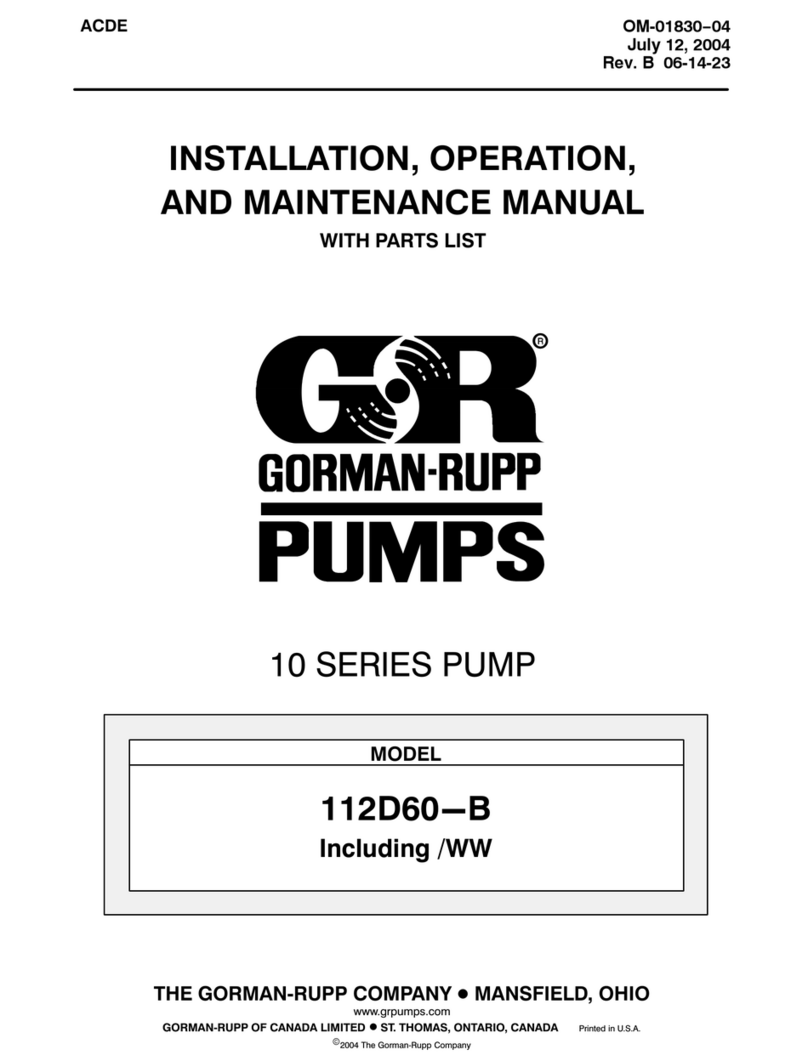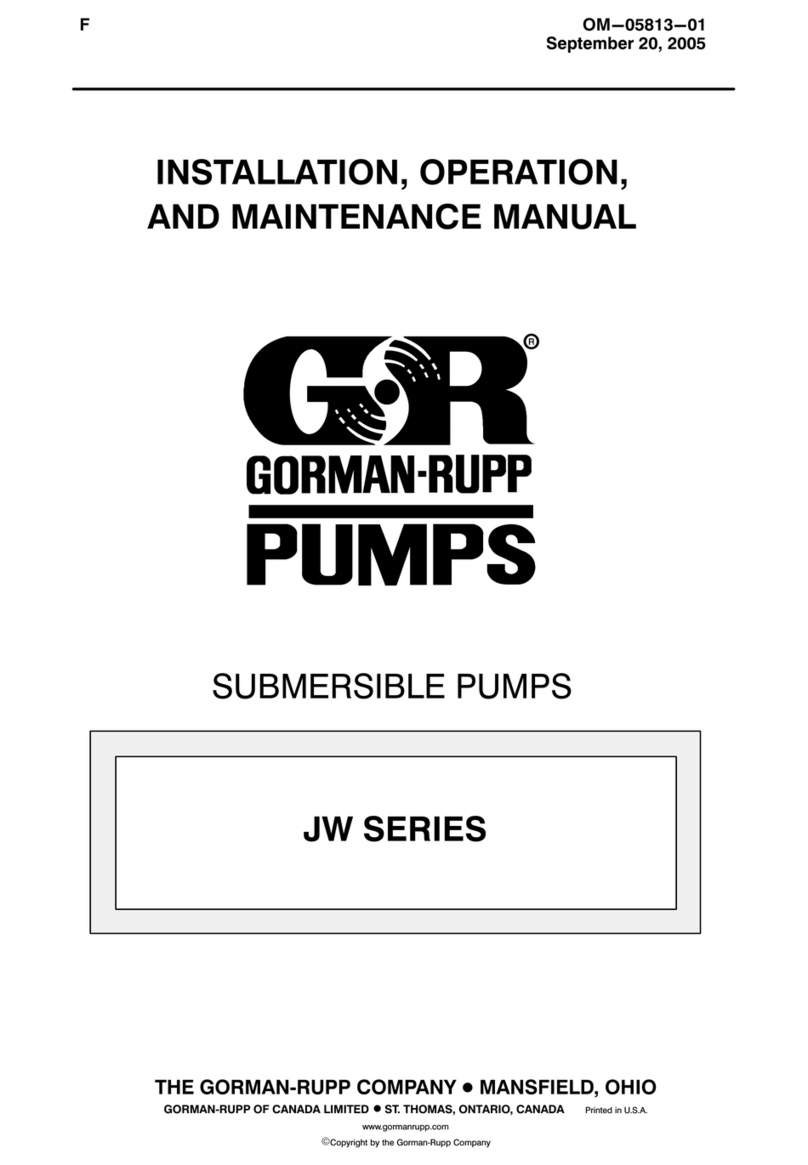GORMAN-RUPP PUMPS 03F3-B Application guide




















This manual suits for next models
1
Other GORMAN-RUPP PUMPS Water Pump manuals

GORMAN-RUPP PUMPS
GORMAN-RUPP PUMPS PA Series Application guide
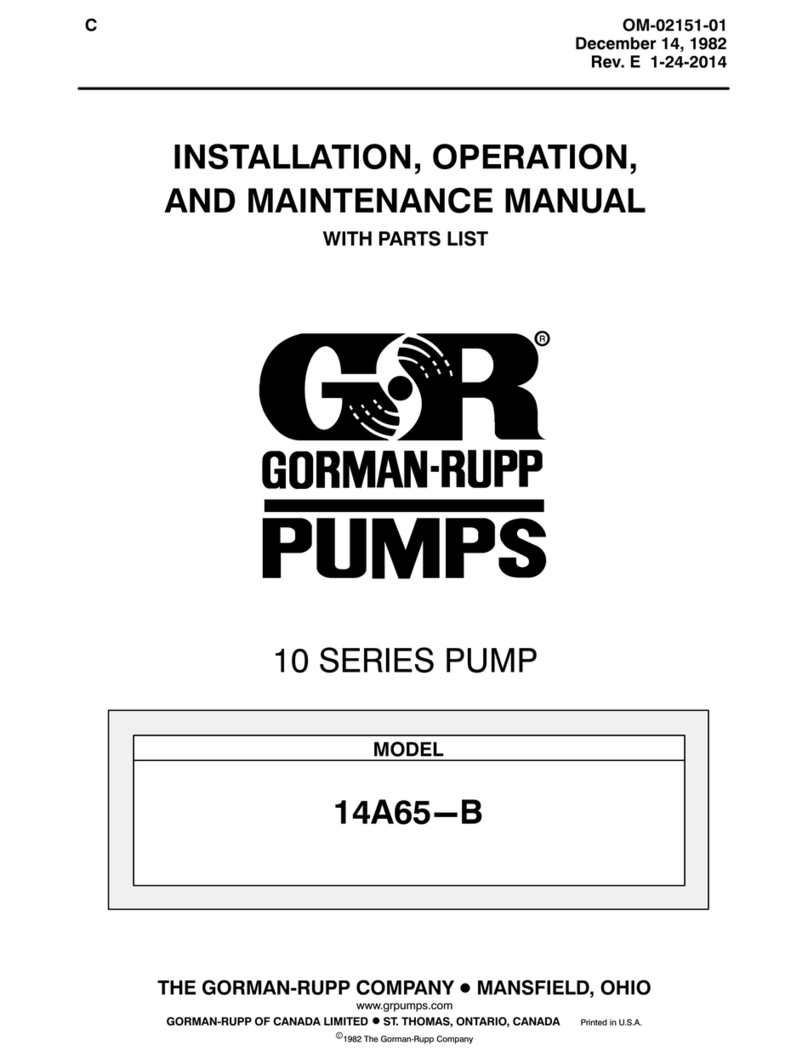
GORMAN-RUPP PUMPS
GORMAN-RUPP PUMPS 14A65-B Application guide

GORMAN-RUPP PUMPS
GORMAN-RUPP PUMPS 60 Series Application guide
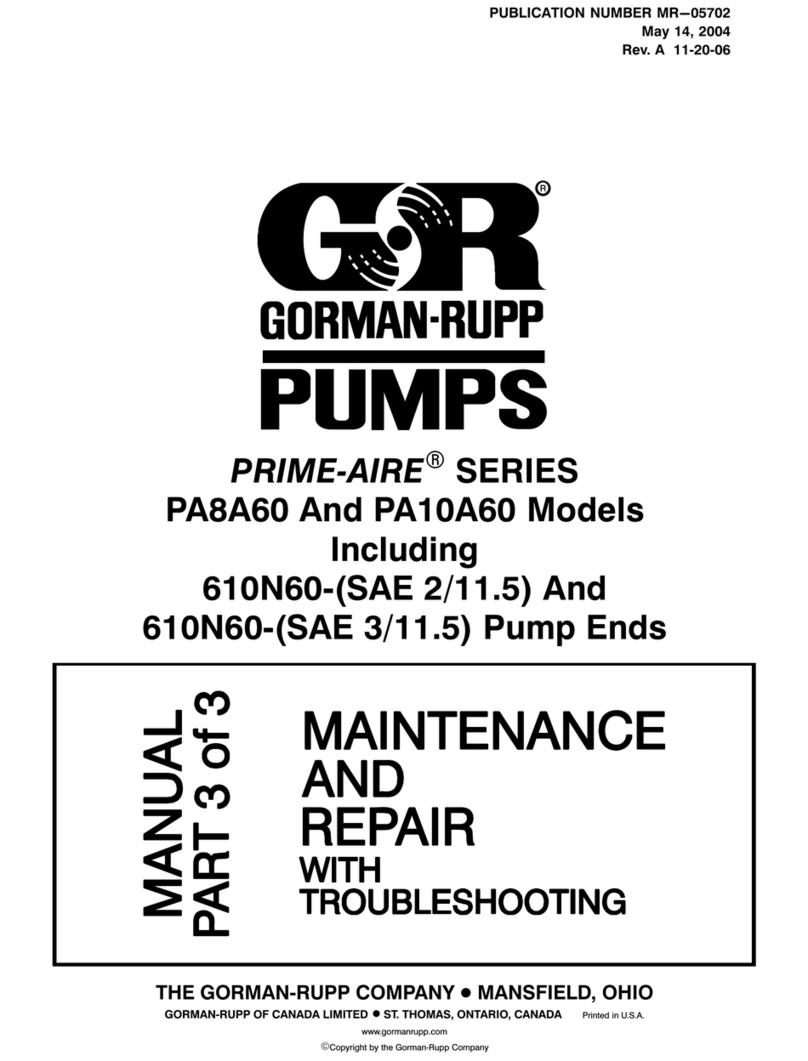
GORMAN-RUPP PUMPS
GORMAN-RUPP PUMPS PRIME-AIRE Series Operating instructions
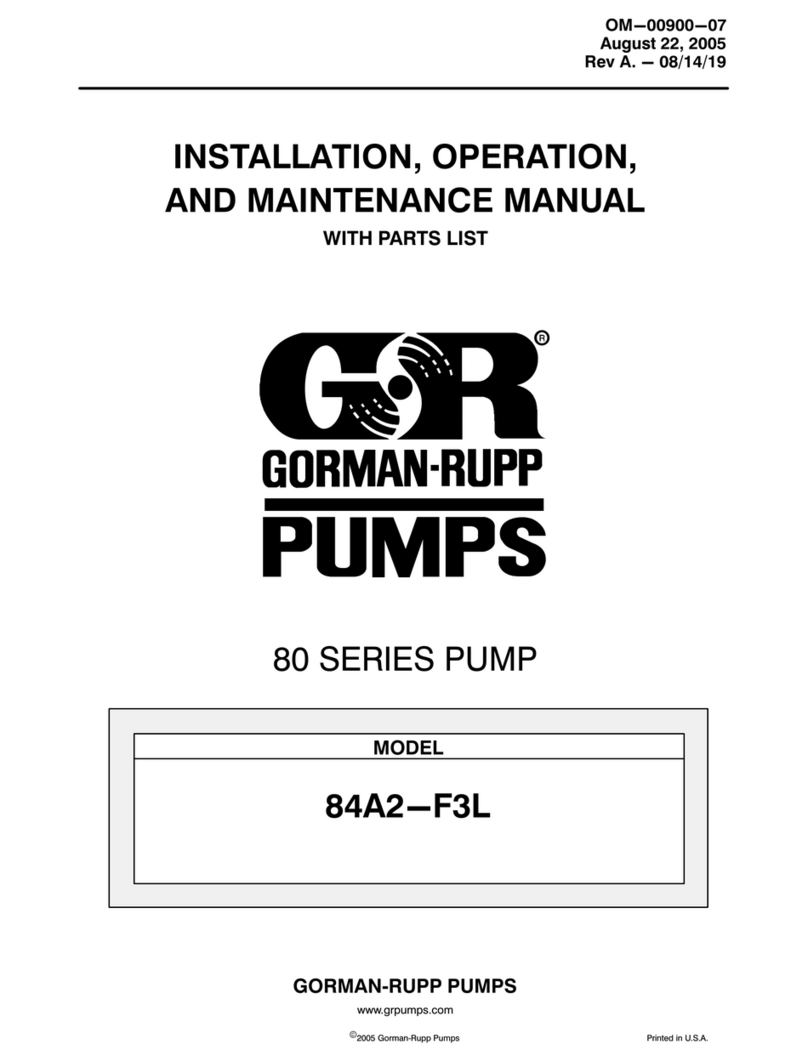
GORMAN-RUPP PUMPS
GORMAN-RUPP PUMPS 80 Series User manual
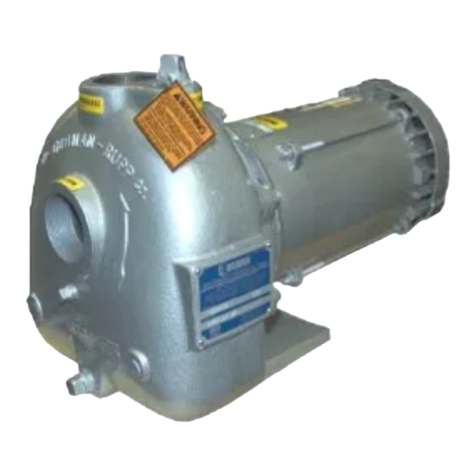
GORMAN-RUPP PUMPS
GORMAN-RUPP PUMPS 02K11-X2 1P Application guide
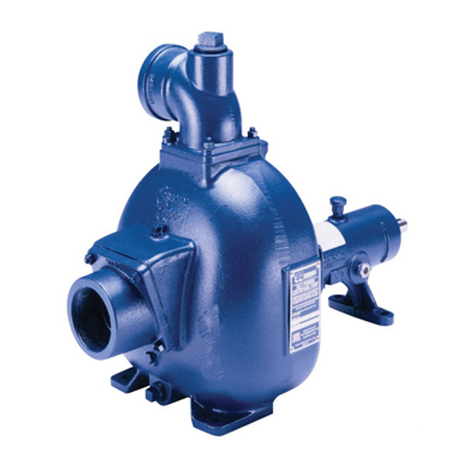
GORMAN-RUPP PUMPS
GORMAN-RUPP PUMPS 80 Series User manual
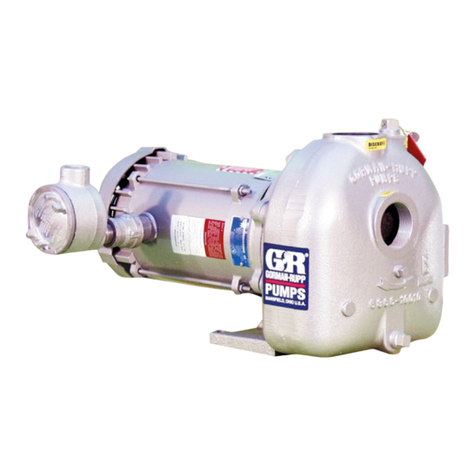
GORMAN-RUPP PUMPS
GORMAN-RUPP PUMPS 02D3-X1 3P User manual

GORMAN-RUPP PUMPS
GORMAN-RUPP PUMPS 10 Series User manual

GORMAN-RUPP PUMPS
GORMAN-RUPP PUMPS 86A3-B Application guide
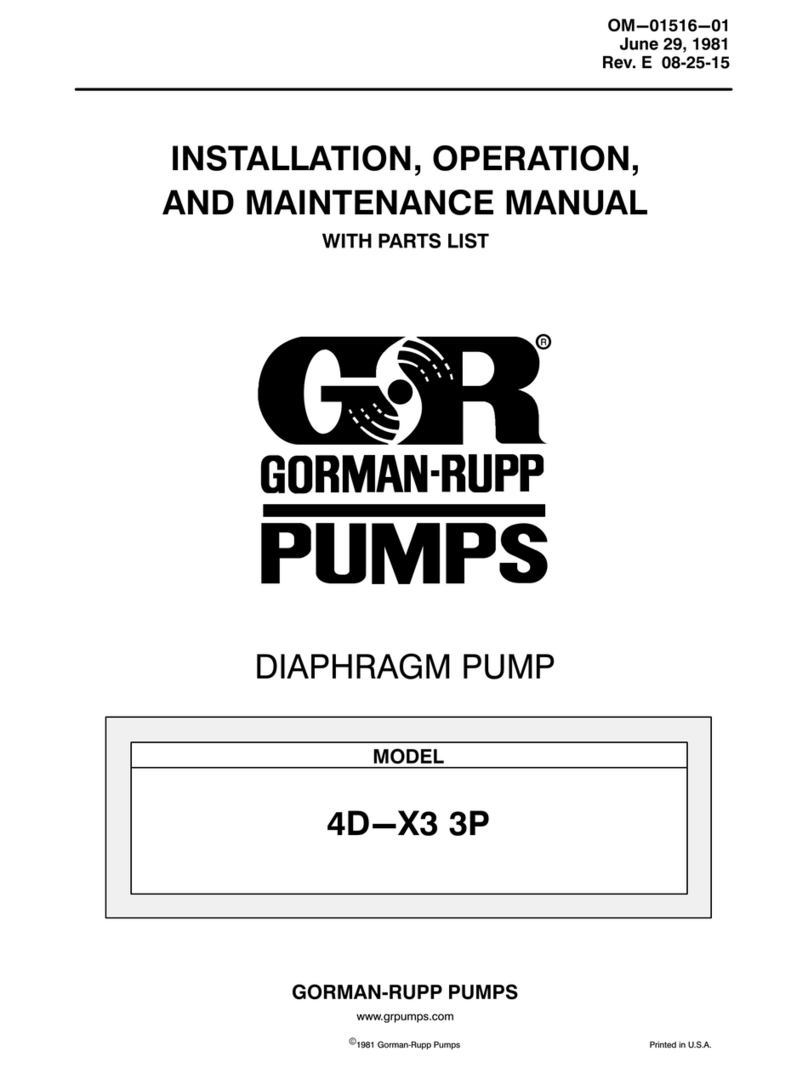
GORMAN-RUPP PUMPS
GORMAN-RUPP PUMPS 4D-X3 3P Application guide
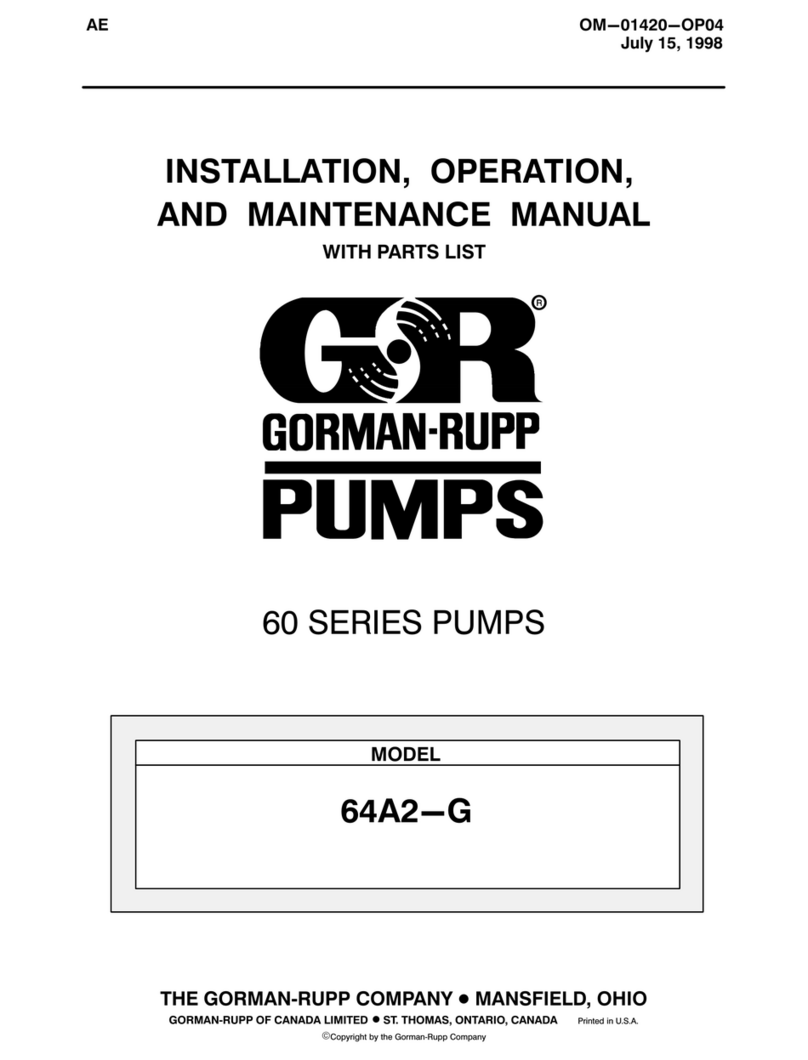
GORMAN-RUPP PUMPS
GORMAN-RUPP PUMPS 60 Series Application guide

GORMAN-RUPP PUMPS
GORMAN-RUPP PUMPS T2C71SC-B User manual

GORMAN-RUPP PUMPS
GORMAN-RUPP PUMPS 11 1/2A22-B Application guide

GORMAN-RUPP PUMPS
GORMAN-RUPP PUMPS 81 1/2A52-B Application guide

GORMAN-RUPP PUMPS
GORMAN-RUPP PUMPS 60 Series Application guide
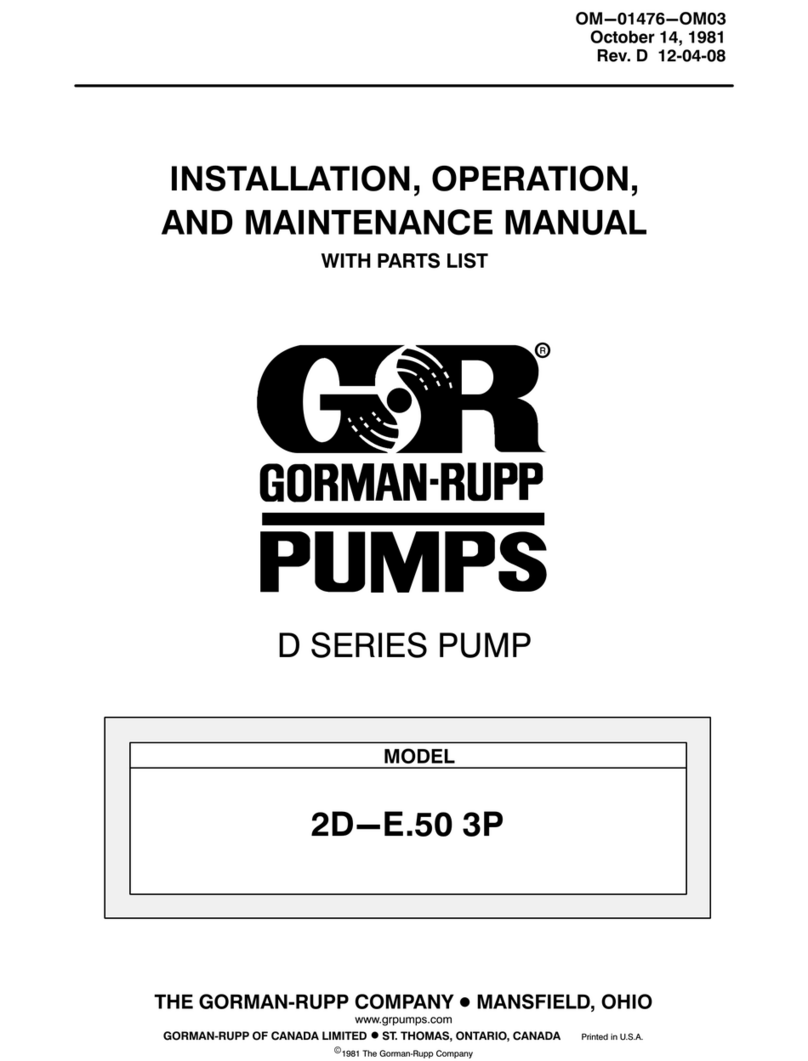
GORMAN-RUPP PUMPS
GORMAN-RUPP PUMPS 2D-E.50 3P Application guide

GORMAN-RUPP PUMPS
GORMAN-RUPP PUMPS 80 Series User manual
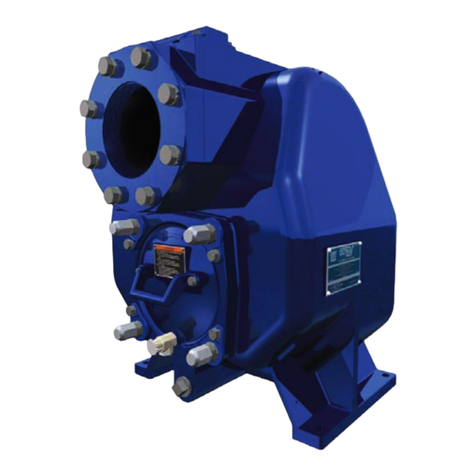
GORMAN-RUPP PUMPS
GORMAN-RUPP PUMPS V4A60-B User manual
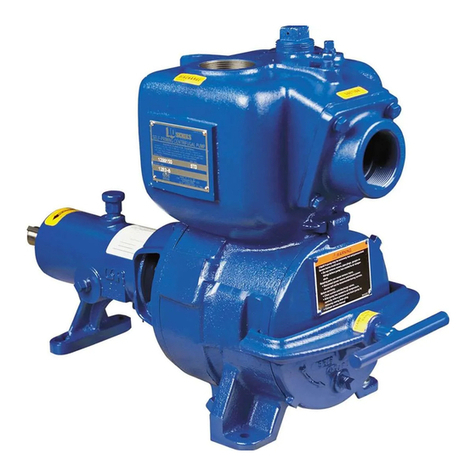
GORMAN-RUPP PUMPS
GORMAN-RUPP PUMPS 10 Series Owner's manual
Popular Water Pump manuals by other brands
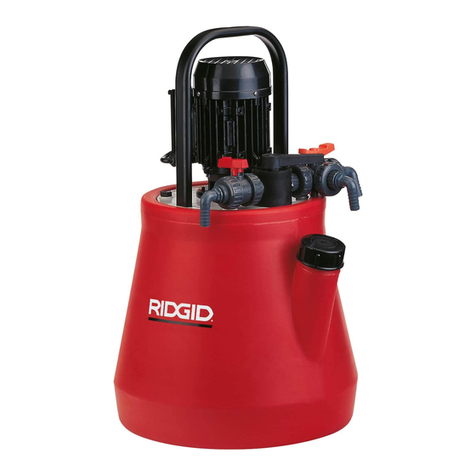
RIDGID
RIDGID DP-24 operating instructions

SAVINO BARBERA
SAVINO BARBERA BS 20 PVDF Installation, use and maintenance manual

Flow Controller Systems
Flow Controller Systems FCS KA Operation manual
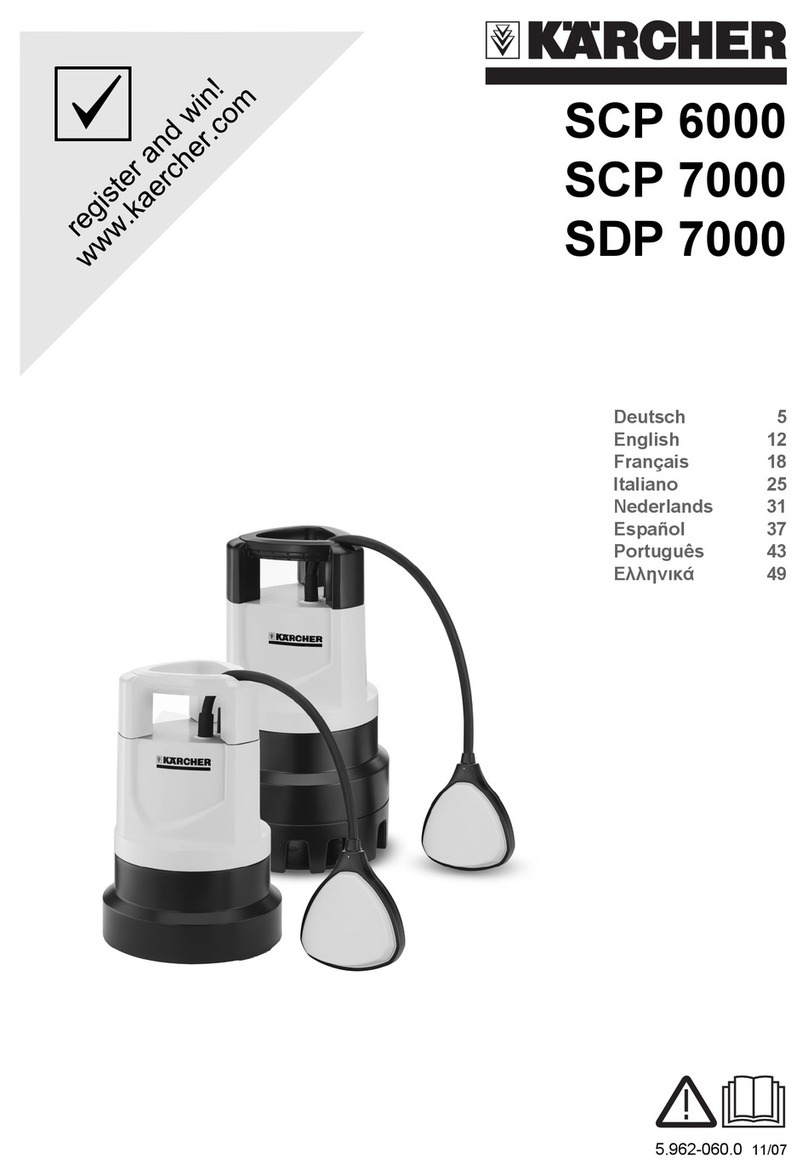
Kärcher
Kärcher SCP 6000 user manual
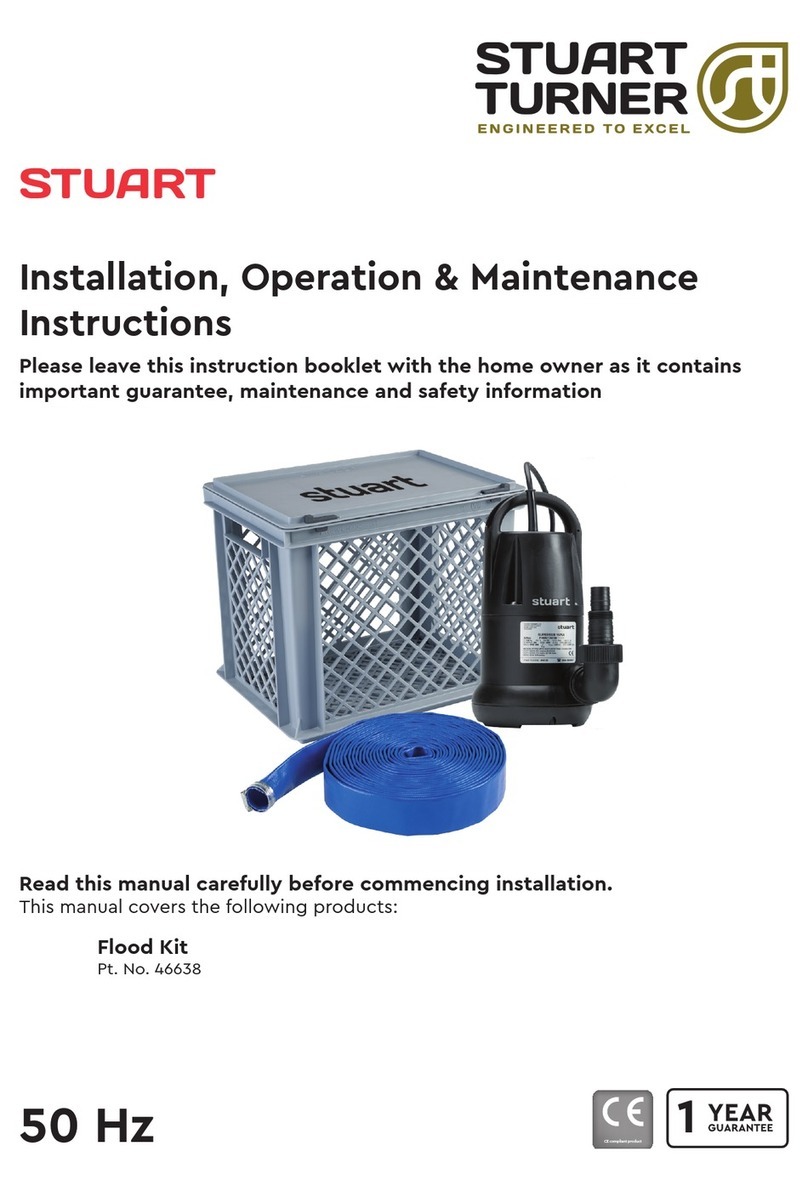
Stuart Turner
Stuart Turner Stuart Installation, operation & maintenance instructions
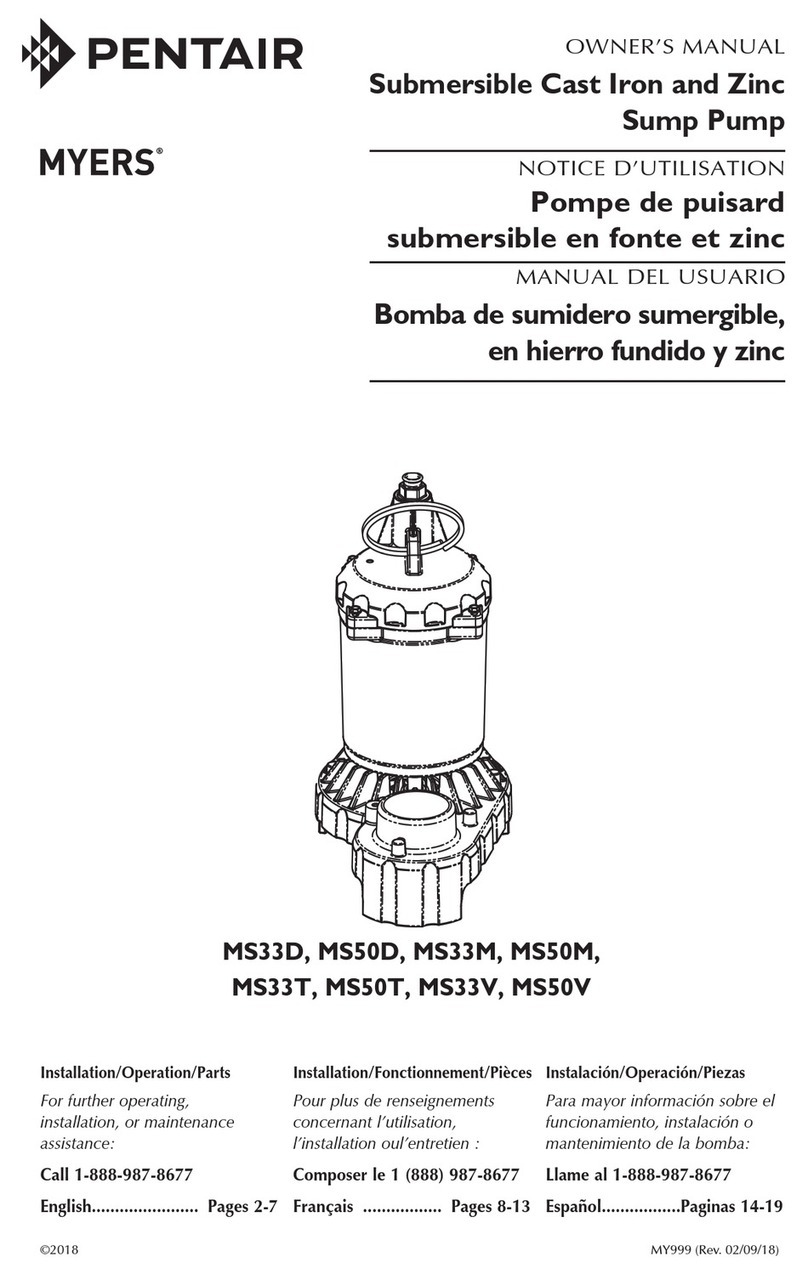
Pentair
Pentair MYERS MS33D owner's manual
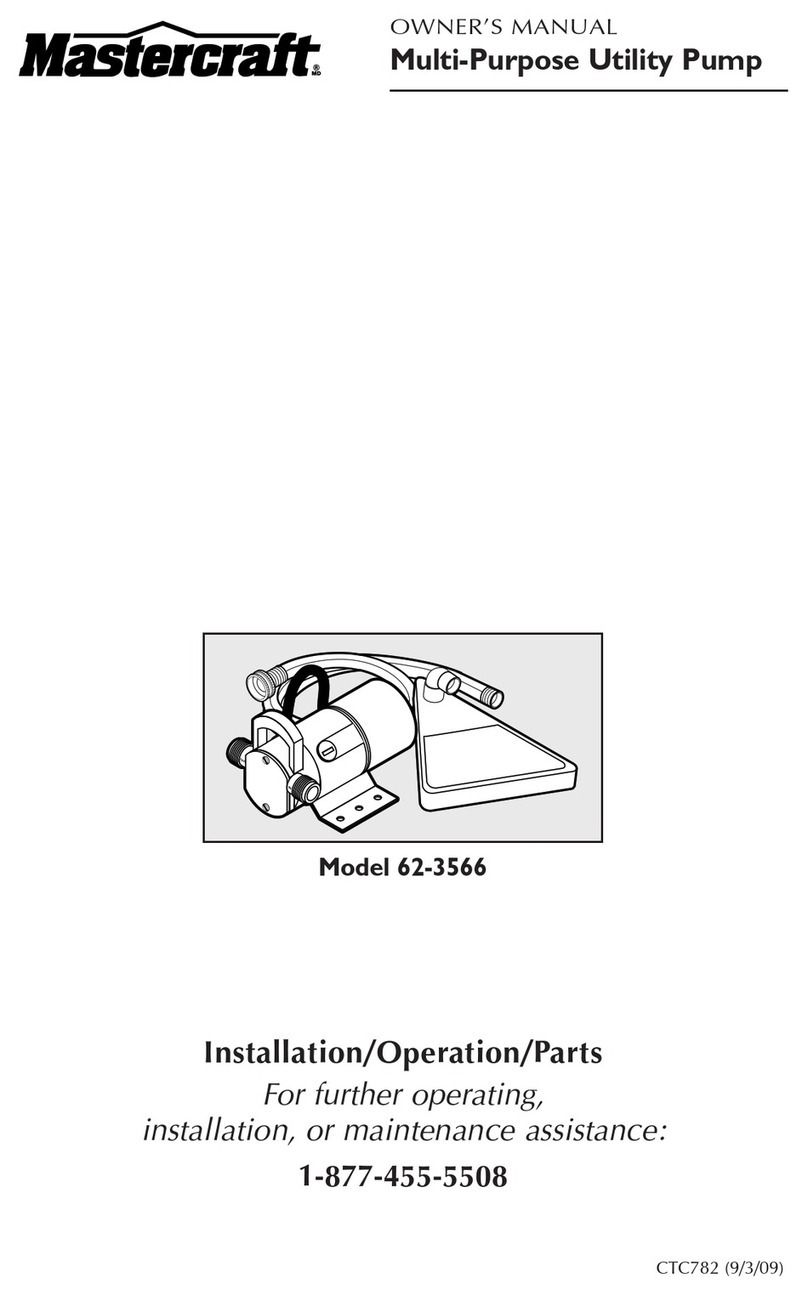
MasterCraft
MasterCraft 62-3566 Installation, operation & parts
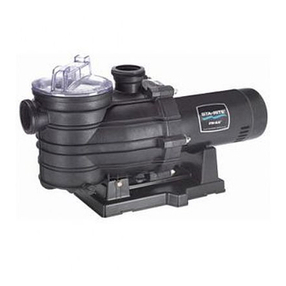
STA-RITE
STA-RITE MPRA6D-146L Installation, operation & parts
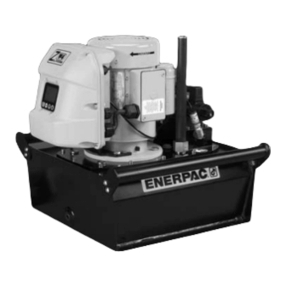
Enerpac
Enerpac ZW3 Series instruction sheet

Frost Italy
Frost Italy UP 300 manual
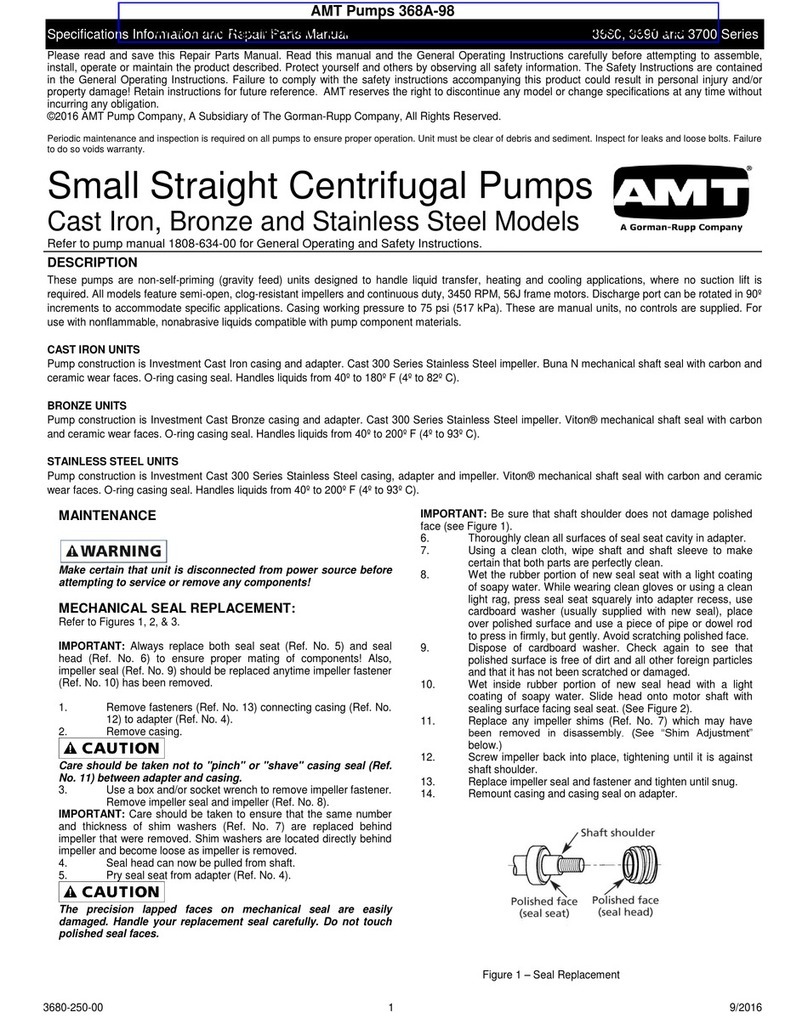
GORMAN-RUPP
GORMAN-RUPP AMT 368A-98 Specifications information and repair parts manual
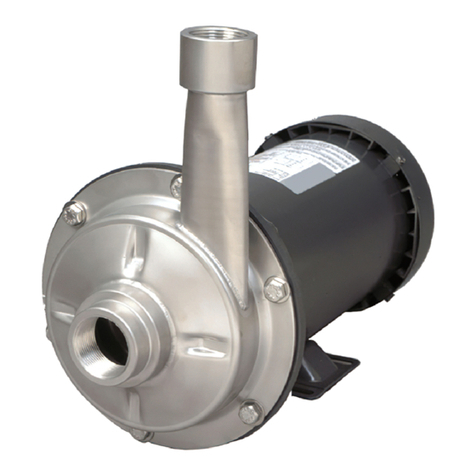
GORMAN-RUPP
GORMAN-RUPP AMT 547 Series Specifications information and repair parts manual
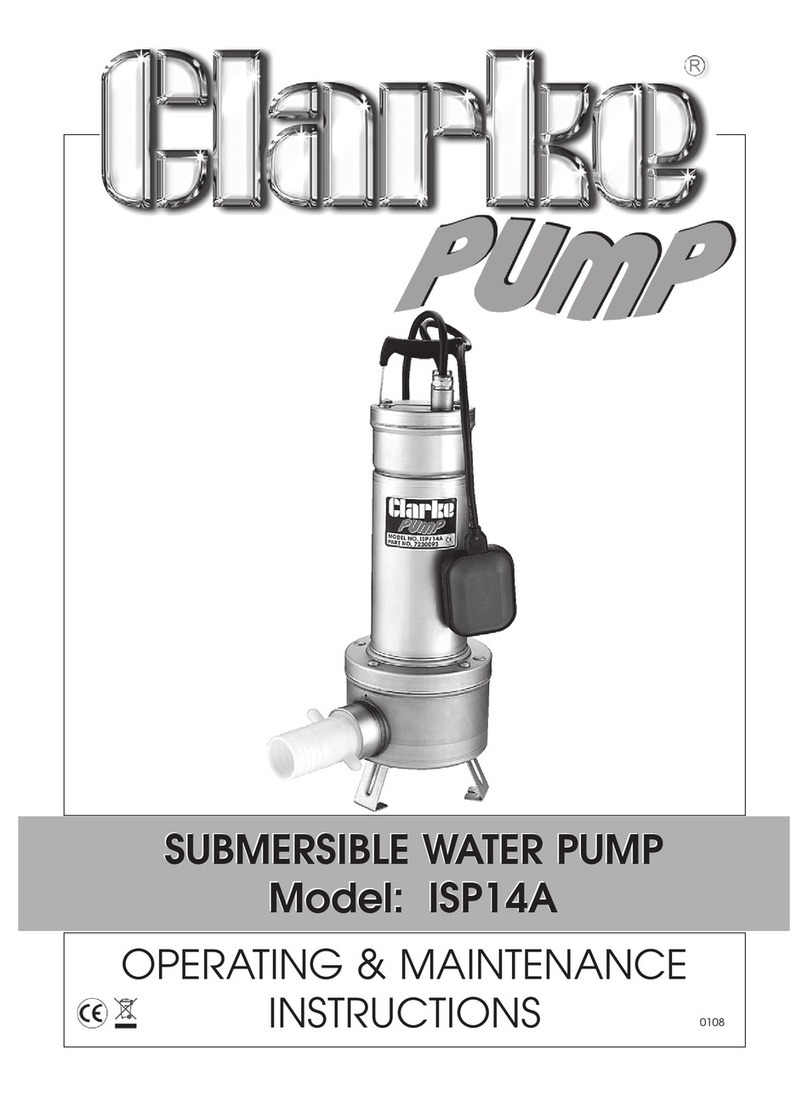
Clarke
Clarke ISP14A Operating & maintenance instructions
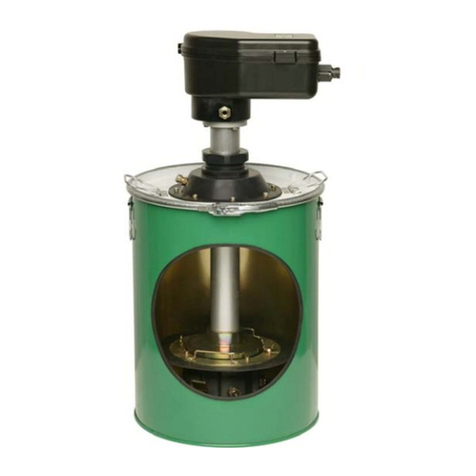
Groeneveld
Groeneveld Twin-3 User instruction

DAYLIFF
DAYLIFF DQ 15F Installation & operating manual
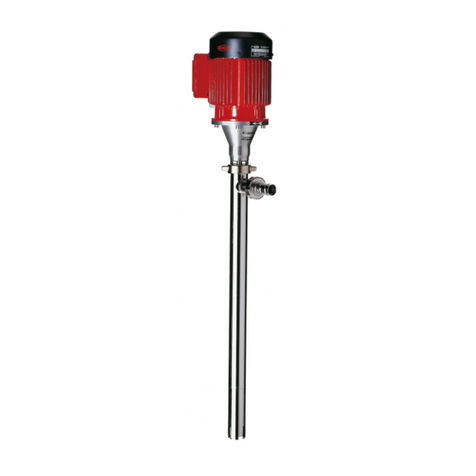
Flux
Flux F 550 S Series Original main operating instructions
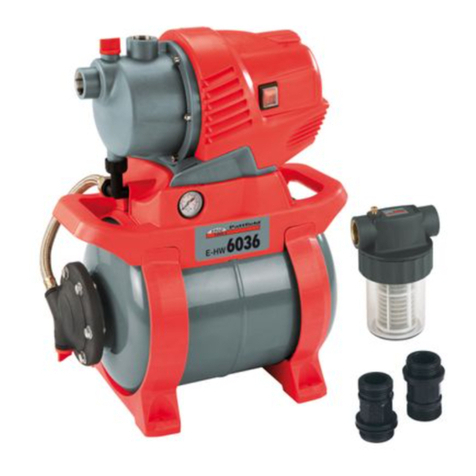
Pattfield Ergo Tools
Pattfield Ergo Tools E-HW 6036 operating instructions

Pentair
Pentair Fairbanks nijhuis 5800 Installation, operation and maintenance
